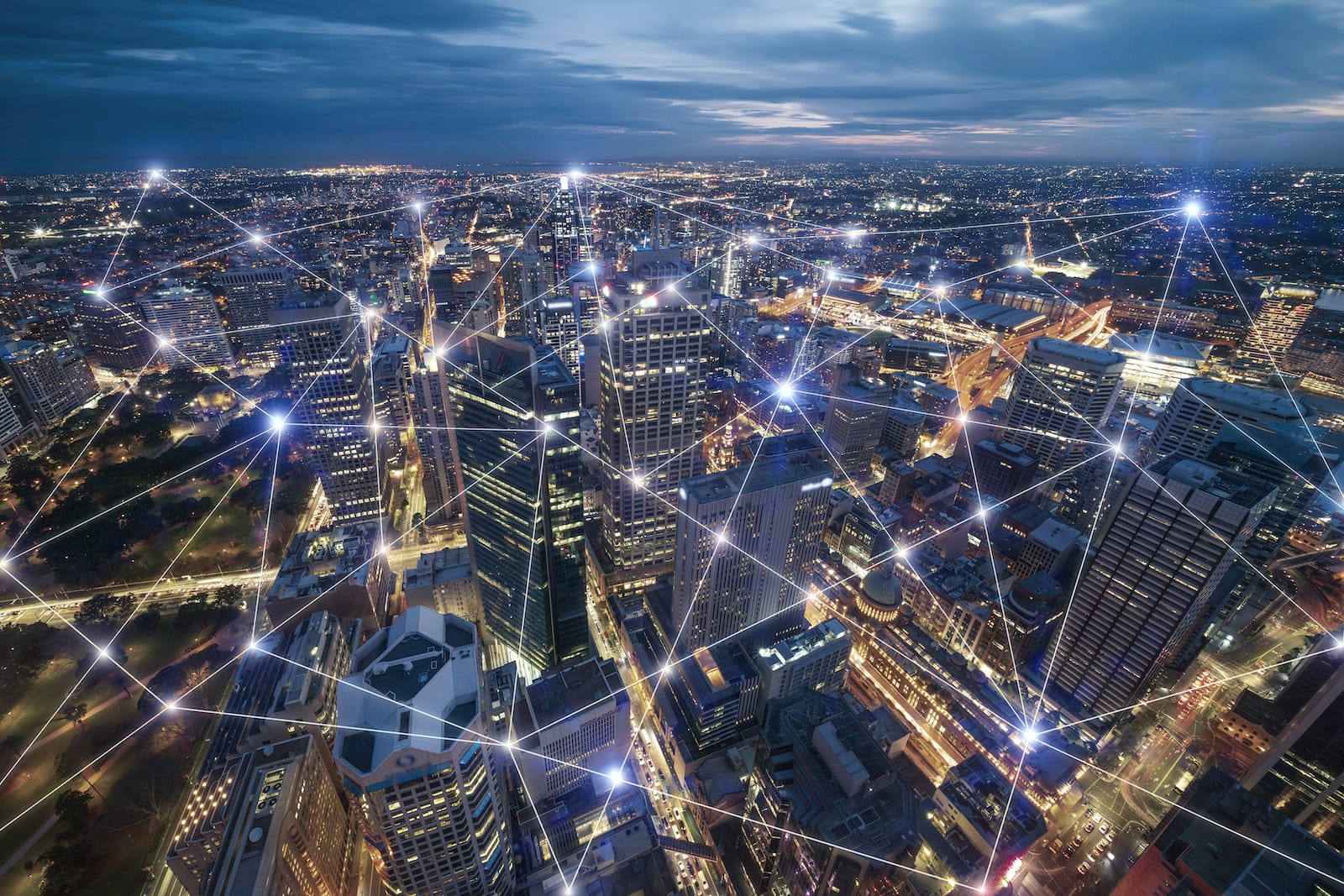Press Release: For data centers, the disruption caused by the pandemic was also a catalyst for digitization. Fortunately, much of the technology needed during the pandemic already existed and was supported by data centers and telecommunications infrastructure.
The crisis caused a rapid adoption of these new technologies and accelerated the ongoing development. But most important is the fact that the change that has occurred is probably irreversible. When you remove the catalyst, it doesn't mean that the changes that occurred will come back. And the increased reliance on data centers (and, of course, the telecommunications infrastructure that connects them) is something that is here to stay.

But this development also brings with it problems. The steady increase in data demand is a thing of the past. Our economies and society as such require data at precisely the same time that we need to curb energy consumption to face the climate crisis. But megabits don't come without megawatts, so it's clear that with increased demand for data, energy consumption will also increase.
Data centers in times of energy change
But how can this sector meet both goals, which are contradictory? Finding a solution will be the main task of the energy sector and the data center sector in the next five years. In addition, electrification also applies to the sectors of industry, transport and also heating. Demands on energy consumption will increase and data centers can solve problems of how to get energy from new sources.
The solution is to increase the production of renewable energy, not only in order to have enough energy, but also in order to reduce the consumption of energy from fossil fuels. It's a challenging situation for everyone, not just for data centers. Energy network operators will have a particularly challenging task, i.e. to increase energy supplies, but at the same time shut down fossil fuel power plants.
This situation can create additional pressure on commercial entities. The governments of individual countries will therefore have the challenging task of making important decisions regarding how energy is produced, managed and to whom it is prioritized for consumption. Ireland's Dublin has become one of Europe's data centers, and data centers consume about 11% of total network capacity, and this percentage is expected to increase. The relationship between data centers and the energy segment is very complex and requires new decisions and rules. The situation like in Ireland will be repeated in other countries as well.
Limited capacity will bring more control
Players in the data center segment – from large technology companies and operators to real estate owners – are used to having power as they need it. However, as the need in other sectors also increases, an evaluation of the consumption of data centers will inevitably occur. The task for the data center will no longer be efficiency, but sustainability. New approaches, new design and also the way data centers work will come under scrutiny. The same will be the case with the telecommunications sector, whose energy consumption is many times higher than that of data centers.

We depend on data and data depends on energy. But soon there will be a great disparity between what we want and what we need. But we don't have to see it as a crisis. It can be an engine to increase investment and accelerate innovation. For the grid, this means new private renewable energy projects that we so badly need.
An opportunity to straighten the relationship between data and energy
Opportunities for new approaches and new models are opening up. For data centers, this means creating a new relationship with the energy sector and transforming from a consumer to a part of a network that provides services, energy storage capacity and even produces energy.
Data and energy will converge. Data centers will not only offer frequency response, but also become a direct flexible supplier to the network. Connecting sectors could thus become the main strategy for data centers in 2022.
We can already see from the end of 2021 first glimpses of what it might look like. By the end of 2022, the relationship between data centers and the energy sector will be completely rewritten, and we will witness the emergence of new possibilities for data centers to become part of the solution for the transition to renewable sources.




Discussion of the article
Discussion is not open for this article.